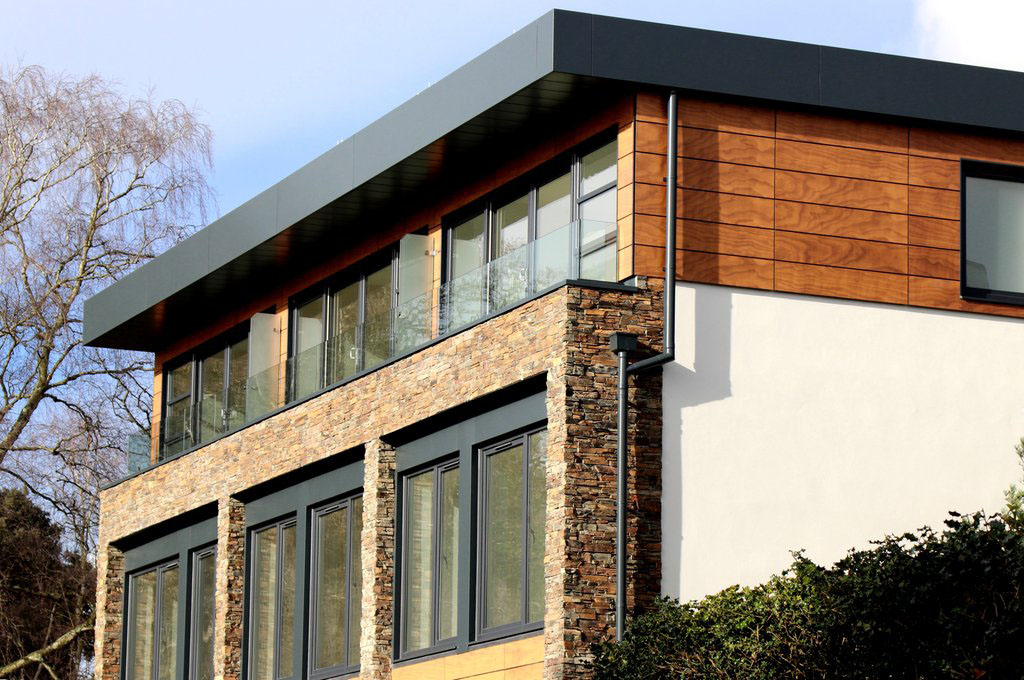How Does Architecture Promote The Use Of Sustainable Building Certifications?

As people become more aware of the impact of their actions on the environment, the trend towards sustainable living is growing. One aspect of this trend is sustainable building certifications, which help to ensure that buildings are designed and constructed in an environmentally responsible way. In this article, we will look at some of the key concepts related to sustainable building certifications.
1. What are sustainable building certifications?
Sustainable building certifications are awards given to buildings that meet certain environmental and sustainability criteria. By meeting these criteria, buildings aim to reduce their impact on the environment, improve the health and wellbeing of occupants, and reduce long-term operating costs.
2. What are some of the most commonly used certifications?
There are a number of different sustainable building certifications available, but some of the most commonly used certifications include:
- LEED (Leadership in Energy and Environmental Design)
- BREEAM (Building Research Establishment Environmental Assessment Method)
- Green Star
3. What kind of criteria do buildings need to meet to become certified?
The criteria for each certification can vary, but some of the most common areas of focus include:
- Energy efficiency - buildings may need to meet certain energy efficiency standards, such as a minimum energy performance rating or a certain percentage reduction in energy consumption.
- Water conservation - buildings may need to use a certain amount of renewable water sources or incorporate water-saving features such as low-flow fixtures.
- Waste reduction - buildings may need to have a waste management plan in place that includes recycling and composting.
- Indoor air quality - buildings may need to have systems in place to ensure good indoor air quality, such as using low-VOC materials and providing adequate ventilation.
4. What are the benefits of sustainable building certifications?
There are a number of benefits to achieving sustainable building certifications:
- Reduced environmental impact - by improving energy efficiency and reducing water consumption, sustainable buildings help to reduce their impact on the environment.
- Improved health and wellbeing - sustainable buildings are designed to create a healthy environment for occupants, with features such as good indoor air quality and natural light.
- Reduced costs - sustainable buildings typically have lower operating costs, as they use less energy and water.
- Increased property value - sustainable buildings are seen as more desirable by many buyers and renters, and may therefore have a higher resale value.
5. How do buildings become certified?
Buildings typically need to undergo a certification process to become certified. This process can involve:
- Registering for the certification
- Submitting documentation and plans to show how the building meets the certification criteria
- Undergoing on-site inspections and evaluations
- Receiving the certification once all requirements have been met
6. How long does certification last?
Most sustainable building certifications are valid for a set period of time, usually around two to five years. After this time, buildings must go through a recertification process to ensure that they are still meeting the required criteria.
7. How much does certification cost?
The cost of certification can vary depending on a number of factors, such as the size and complexity of the building and the certification being pursued. Some certification programs offer different levels of certification at different price points, with higher levels requiring more stringent criteria to be met.
8. Are there any drawbacks to sustainable building certifications?
While there are many benefits to sustainable building certifications, there are also some potential drawbacks to consider:
- Cost - achieving certification can be expensive, which may be a barrier for some building owners and developers.
- Complexity - the certification process can be complex and time-consuming, requiring a high level of coordination and documentation.
- Limitations - some buildings may not be able to achieve certification due to factors such as location or historic preservation requirements.
Conclusion
Sustainable building certifications are an important aspect of the growing trend towards sustainable living. By improving energy efficiency, reducing water consumption, and incorporating other environmentally responsible features, certified buildings aim to reduce their impact on the environment, improve the health and wellbeing of occupants, and reduce long-term operating costs. While there are some potential drawbacks to consider, the benefits of sustainable building certifications are profound and should be taken seriously by anyone interested in promoting more sustainable practices.
FAQs
What is the LEED certification?
The Leadership in Energy and Environmental Design (LEED) certification is one of the most commonly used sustainable building certifications. LEED is a rating system that evaluates the environmental performance of buildings based on criteria such as energy efficiency, water conservation, and indoor air quality.
What is the BREEAM certification?
The Building Research Establishment Environmental Assessment Method (BREEAM) certification is another commonly used sustainable building certification. BREEAM is a rating system developed in the UK that evaluates the sustainability of buildings based on criteria such as energy efficiency, water conservation, and waste reduction.
What is the Green Star certification?
The Green Star certification is a sustainable building certification developed in Australia. Like LEED and BREEAM, Green Star evaluates the environmental performance of buildings based on criteria such as energy efficiency, water conservation, and waste reduction.
What is the difference between certification and accreditation?
Certification and accreditation are two related but distinct concepts. Certification refers to a process in which a building is evaluated against certain criteria and awarded a certification based on its performance. Accreditation, on the other hand, refers to the recognition of an organization as qualified to perform certification activities. In other words, accreditation is a validation of the certification process rather than the building itself.




Post a Comment for "How Does Architecture Promote The Use Of Sustainable Building Certifications?"